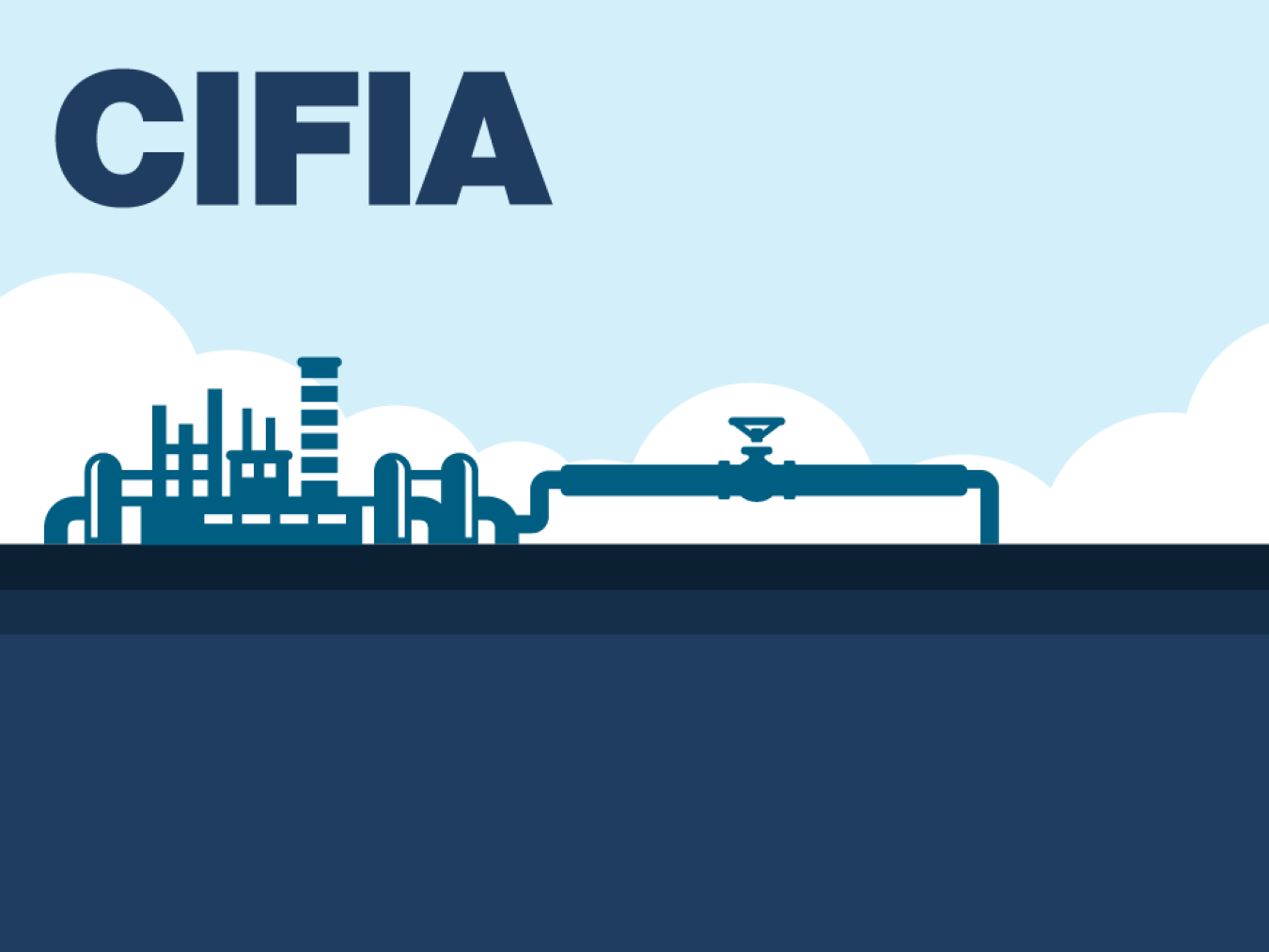
For the final entry in my post-IRA series, I want to highlight the other big new program the Loan Programs Office is administering, in partnership with the Office of Fossil Energy and Carbon Management (FECM): the Carbon Dioxide Transportation Infrastructure Finance and Innovation Program (CIFIA). CIFIA was launched today, along with new program guidance that provides details on the new program, including eligibility and application requirements.
Compared to the Energy Infrastructure Reinvestment (EIR) Program that I introduced in my last blog in this series and that was recently created by the Inflation Reduction Act, CIFIA was authorized and appropriated in November 2021 through the Infrastructure Investment and Jobs Act (IIJA) (Title 3, Section 40304). CIFIA will build on other carbon capture, utilization, and storage (CCUS) provisions of the IIJA with up to $2.1 billion to support loans, loan guarantees, grants, and administrative expenses to enable deployment of common carrier carbon dioxide (CO2) transportation infrastructure.
Extensive energy system and climate change modeling demonstrates that CCUS technologies, including direct air capture, must be deployed at a large-scale in the coming decades to adequately reduce hard-to-abate CO2 emissions and meet our nation’s climate goals. Today, CO2 transport faces economic challenges that in turn hampers CCUS deployment, including high capital costs and low or uncertain returns. Only 80 million tons of CO2 are transported via pipeline in the U.S. today – over an order of magnitude less than the demand for CO2 transport projected for 2050. CIFIA will support CCUS technology deployment by financing projects that build shared CO2 transport infrastructure. Large-capacity common carrier CO2 transport infrastructure shares similar barriers to deployment previously faced by other types of critical national infrastructure, such as high capital costs, uncertain near-term utilization and uncertain returns as demand comes online, and chicken-and-egg challenges. This infrastructure will benefit from economies of scale and help form an interconnected carbon management market.
CIFIA will unlock economies of scale for CCUS through direct loans, loan guarantees, and Future Growth Grants,* activating interconnected regional carbon management markets nationwide. Eligible costs will include but not be limited to preconstruction development activities; projects costs, including property, construction, and equipment acquisition, installation, and contingency costs; and other eligible costs, such as transaction costs associated with financing including capitalized interest and other carrying costs.
In April, LPO and FECM participated in a series of Regional Carbon Management Applicant Education Workshops to engage stakeholders on design and implementation of the program. The insights gathered have been carefully considered and incorporated in detailed program guidance.
What’s next for CIFIA?
LPO is excited to launch CIFIA and publish CIFIA program guidance. We are now accepting Letters of Interest and invite potential applicants to request a pre-application consultation through our online request portal. We are also available to answer questions by emailing CIFIA@hq.doe.gov.
Potential applicants should note that we give eligible projects priority consideration that will affect the likelihood of a project being invited into negotiations based on several factors. Some of these factors are in support of the Administration’s equity goals, including but not limited to: regional diversity when compared to existing/planned CO2 transport; the use of American-made materials; and meaningful, transparent community engagement early in the review and deployment process. Other priority consideration factors include activities that efficiently mitigate disturbances throughs reliance on existing infrastructure, including but not limited to: location in or adjacency to existing linear infrastructure corridors that minimizes siting concerns; incorporation with industrial clusters, including existing petrochemical hubs, new hydrogen hubs, and direct air capture hubs; and an advanced position in permitting and approval processes. Detail on how we plan to consider these factors can be found in attachments to the guidance document.
If you’re curious about how to best position your project, the CIFIA program guidance also includes a thorough overview of what we’re looking for in your Letter of Intent, as well as information on application requirements, process, and approval. Applications can be considered from both public and private entities as well as from joint ventures, public private partnerships, or similar arrangements. It goes without saying that such a timeline is highly variable and will depend highly on the complexity and resources behind each application.
If you plan to apply, I invite you to schedule a pre-application consultation.
*Future Growth Grants, which IIJA allows to be granted from the $2.1 billion of appropriations at the Secretary’s at the discretion, may be provided to cover the Eligible Project Costs for infrastructure needed for potential future volumes of CO2. Current guidance addresses only CIFIA loans, though DOE may issue separate guidance at a later date for parties interested in applying under the Future Growth Grant provision of the CIFIA program.

